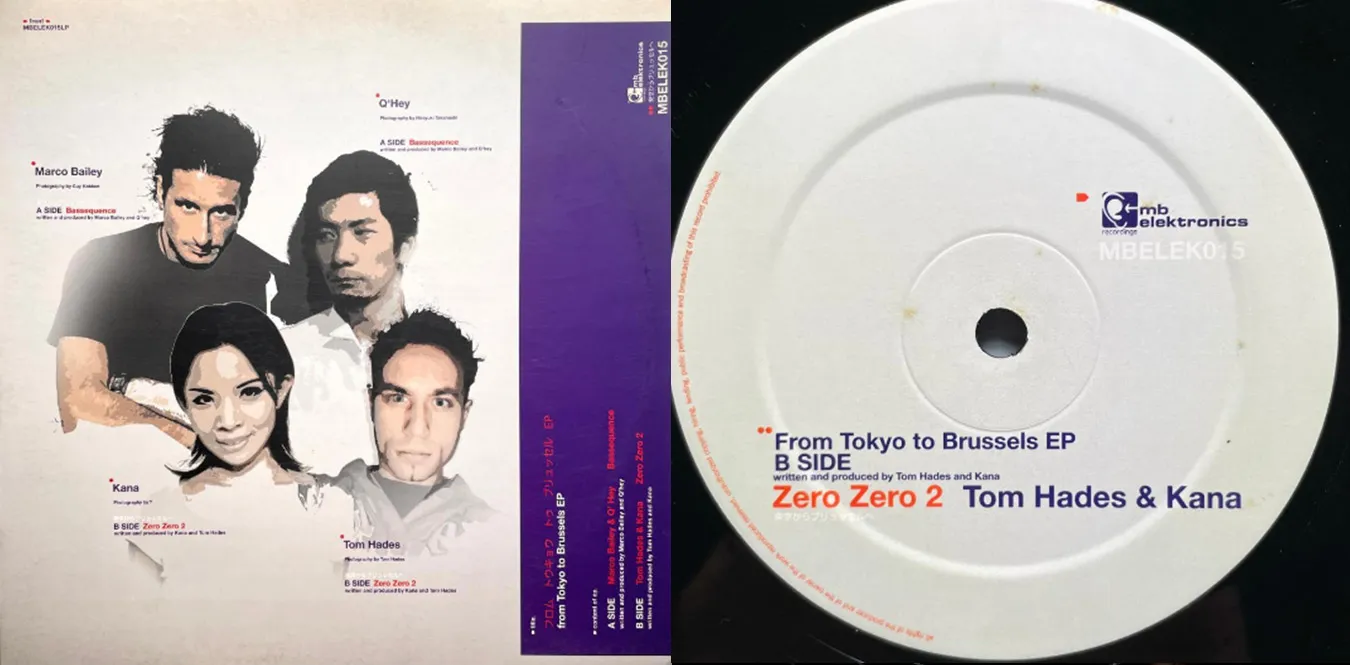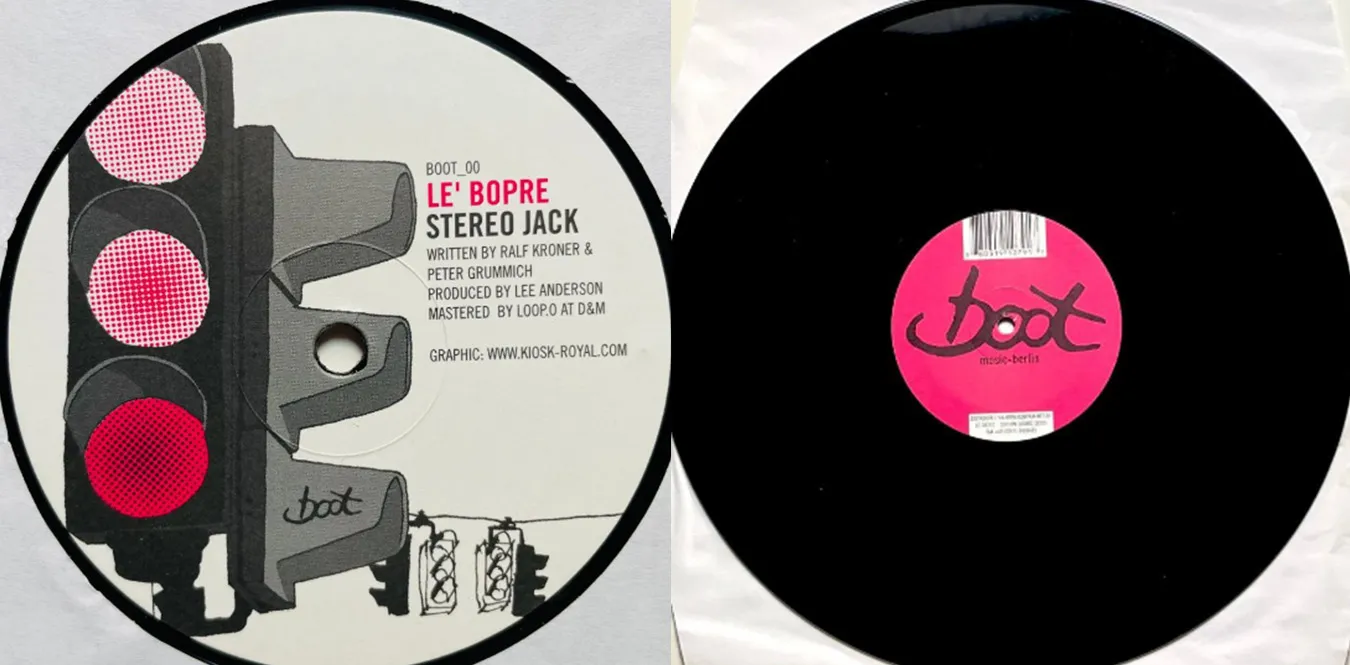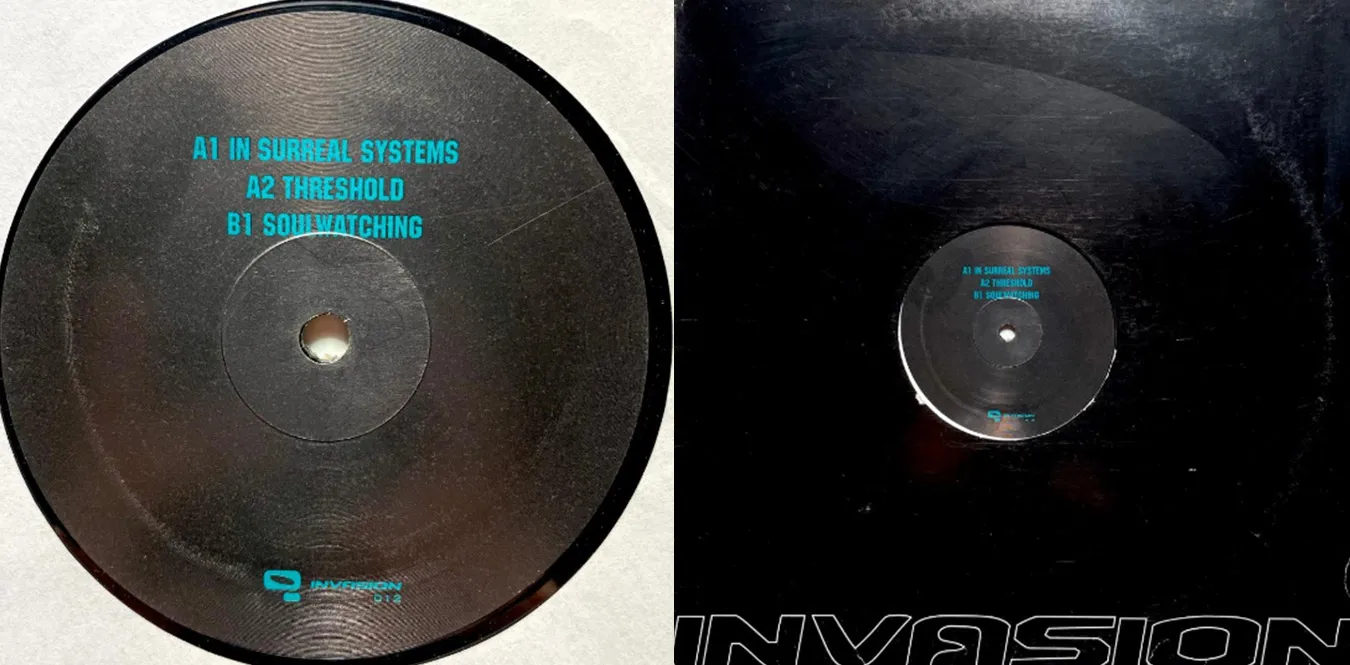[Column] Genealogy and present of German Techno - Aesthetics of sound spreading from Berlin to the world
Column en 00s 90s German Techno Techno![[Column] Genealogy and present of German Techno - Aesthetics of sound spreading from Berlin to the world](/../assets/images/column-german-techno.webp)
An inorganic heartbeat that shakes the world from Berlin.
Text: mmr|Theme: The aesthetics of German techno, woven by repetition and silence.
What is German techno?
“German Techno” rose rapidly from the late 1980s to the early 1990s, and continues to have a major influence on the world club scene. Cities such as Berlin and Frankfurt in particular are known as symbolic hubs for the development of techno, creating their own unique aesthetics through club culture and label activities.
Historical background: The fall of the Berlin Wall and the explosion of techno
The fall of the Berlin Wall in 1989 was a turning point in the development of techno in Germany. With the fusion of Eastern and Western cultures, parties utilizing abandoned buildings and warehouses rapidly increased, and Berlin became a techno mecca symbolizing the “sound of freedom.”
-
Tresor: A club and label established in 1991. They bridged the gap between Detroit techno and Berlin’s unique hard sound.
-
Harthouse / Eye Q (Frankfurt): A group of labels that Sven Väth was involved with. Leading the evolution of trance and techno.
Characteristics of German Techno
- Minimalism and repeatability
German techno emphasized more mechanical and linear rhythms compared to the soulful elements of Detroit techno.
- Industrial influence
Inheriting the tradition of electronic music represented by Kraftwerk, the sound reflects the inorganicity and coldness of an industrial city.
- Integration with club culture
As symbolized by Berlin’s Berghain and Tresor, club space and sound are inseparable. Music was more than just an auditory experience; it functioned as part of urban culture and lifestyle.
Representative artists/labels
-
Sven Väth (Frankfurt): Symbol of German techno. Internationalizing the scene through the label Cocoon.
-
Ellen Allien (Berlin): Founder of BPitch Control. A fusion of underground and experimentalism.
-
Paul Kalkbrenner: Widely known for the movie ““Berlin Calling.’’ Melodic and lyrical techno.
-
Johannes Heil: Producer pursuing hard and dark German techno.
-
Len Faki, Ben Klock, Marcel Dettmann: Gained worldwide acclaim as Berghain residents.
Sound characteristics by generation
Late 1980s (early days)
Background: Just before and after the fall of the Berlin Wall. The influence of Detroit techno and Chicago house entered Germany.
Sound Features:
-
Rough experimentation based on electronic beats
-
Cold texture with strong influence from Kraftwerk and industrial
-
Lots of repetitive riffs with synthesizers
Significant movement: The club “Dorian Gray” in Frankfurt and underground parties in Berlin support the scene.
Early 1990s (expansion period)
Background: After the fall of the Berlin Wall, rave culture exploded in vacant warehouses and factory sites. Club “Tresor” opened (1991).
Sound Features:
-
Influenced by Detroit techno, but harder and more linear
-
Fast BPM, industrial-like inorganic sound
-
Mix of early trance and hard techno
Representative artists: Sven Väth, Hardfloor, Westbam, Maurizio (Basic Channel).
Late 1990s (refinement and segmentation)
Background: German labels (Tresor, Kanzleramt, Harthouse) have gained international acclaim.
Sound Features:
-
Development of minimal techno (simplified structures, emphasis on repeatability)
-
Rise of hard techno and acid techno
-
Detroit’s “soulful” element fades, giving way to a cold, mechanical sound.
Featured Artists: Chris Liebing, Johannes Heil, Heiko Laux.
2000s (Internationalization and Diversification)
Background: Berlin has become a global club city. Club “Berghain” opened (2004).
Sound Features:
-
Hard minimal/industrial style becomes mainstream
-
Fusion with groove-oriented techno house (Tech House)
-
Some melodic elements are also back (e.g. Paul Kalkbrenner)
Featured Artists: Len Faki, Monika Kruse, Ellen Allien, Zombie Nation.
2010s (to the center of the global scene)
Background: Behind the EDM boom, techno has become a symbol of the underground.
Sound Features:
-
Berghain sound: heavy kick, dark and inorganic atmosphere
-
Reinterpretation of industrial and EBM elements
-
Melodic techno and deep techno gain worldwide support
Representative artists: Ben Klock, Marcel Dettmann, Nina Kraviz (based in Berlin), Stephan Bodzin.
2020s (currently ongoing)
Background: In the streaming era, club culture is being reevaluated after the pandemic.
Sound Features:
-
Harder and industrial direction (Phase Fatale, Kobosil, etc.)
-
Melodic techno is popular at festivals and streaming (Tale Of Us type)
-
Reinterpretations of hard trance and 90s sounds are also popular.
Trend: While inheriting the coldness typical of past “German techno,” it has evolved with the addition of emotional expression and visual production.
If you compare the songs by decade, you can see a cycle of ““Industrial and cold → Minimalization → Hardening → Melodicization → Re-industrialization’‘**.
Evolving while closely connected to lifestyle
Today’s German Techno has evolved widely, from hard, industrial trends to melodic and lyrical expressions, yet still maintains its iconic status as ““Berlin, the capital of techno.’’
In conclusion, German Techno is both a cultural product of the past and a testing ground for the future of sound design. Listening to his works while tracing their history is nothing but understanding the dynamism of music, where cities and humans, machines and emotions intertwine.
Podcast
YouTube
Related columns
🔗 [Column] Four Germanys, four technos — wall reverberations and minimal philosophy
🔗 [Column] The Golden Age of UK Techno
🔗 [Column] Detroit Techno: Human dance created by the heartbeat of machines
🔗 [Column] Tresor - The sacred place of techno that changed the world from underground in Berlin



![[Column] Neo-Krautrock: Modern reinterpretation of classic Krautrock](/../assets/images/column-neo-krautrock.webp)
![[Column] UK Broken Beat re-evaluation trend — innovative trends in club music](/../assets/images/column-uk-broken-beat.webp)



![[Column] Dego & Kaidi and Sound Signature](/../assets/images/column-dego-kaidi-so-we-gwarn.webp)
.webp)
